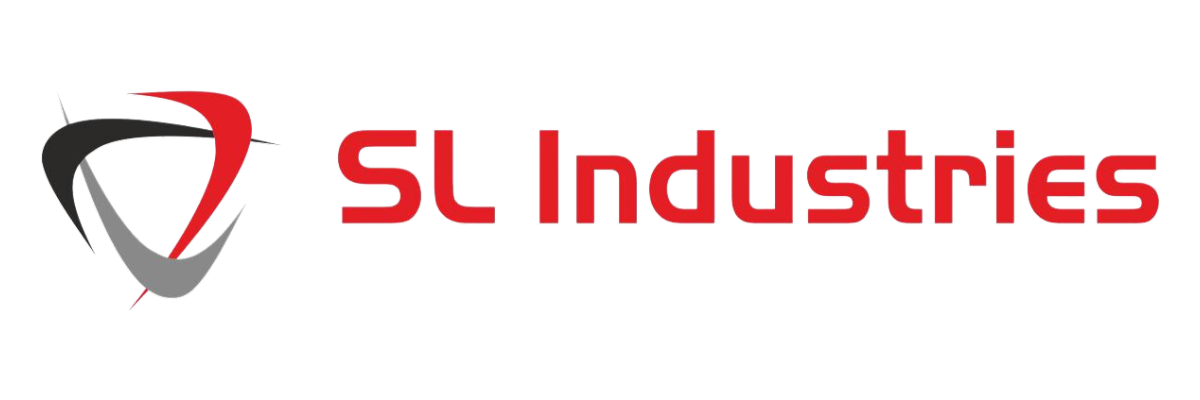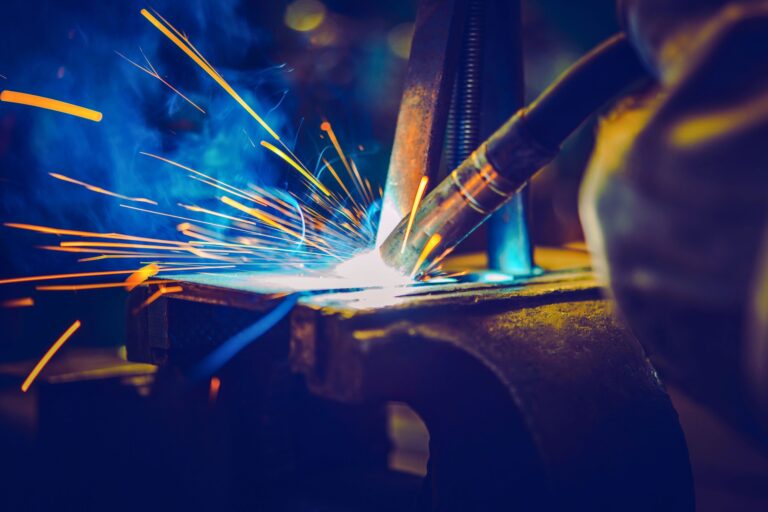Competitive manufacturing hinges on the speed and reliability with which lines switch from one product to another. Tooling and fixturing—together with SMED (Single‑Minute Exchange of Dies)—offer a proven path to shorter changeovers, higher equipment utilization, and consistent quality. This article outlines practical strategies for modular workholding, quick‑change tooling, and process design that compress setup time without sacrificing precision.
Why Changeover Speed Matters
- Higher OEE: Less time in setup means more time cutting, forming, welding, or assembling.
- Smaller batches without cost penalty: Enables high‑mix/low‑volume production.
- Stable quality: Standardized fixtures and datum strategies reduce variation at every restart.
- Lower total cost: Fewer expedites, less WIP, and faster response to demand swings.
SMED in a Nutshell
SMED transforms changeovers by converting as many steps as possible from internal (machine stopped) to external (machine running). The method emphasizes standardization, preparation, and parallelization.
Four core stages:
- Separate internal from external work.
- Convert internal steps to external where feasible.
- Streamline all remaining steps (quick‑fasteners, pre‑positioning, visual aids).
- Standardize & sustain with checklists, kitting, and visual management.
Typical wins: 30–70% changeover reduction in the first cycles; more with modularization and automation.
Modular Fixturing: Build Once, Reuse Often
- Base plates & grids: Precision‑pinned plates (e.g., 50/100 mm grids) allow rapid, repeatable placement of locators, clamps, and stops.
- Zero‑point systems: Mechanical or hydraulic pull‑stud pallets provide sub‑10‑micron repeatability with seconds‑level swaps.
- Standard locator library: 3‑2‑1 datums, V‑rests, adjustable stops, and self‑aligning clamps; reduce design time and training.
- 5‑axis workholding: Low‑profile vises, dovetail/tri‑grip, and modular risers to clear toolpaths while maintaining rigidity.
- AM‑enabled fixtures: Additively manufactured nests with conformal support and integrated vacuum or coolant channels for delicate or complex parts.
Quick‑Change Tooling & Connections
- Tooling: Pre‑set cutters with shrink‑fit, HSK, or polygonal (Capto‑type) interfaces; offline presetting transfers lengths/diameters to CNC.
- Welding/assembly: Quick‑release locators, toggle or pneumatic clamps, and modular nests with poka‑yoke features.
- Utilities: Single‑motion multi‑couplers for air, hydraulics, coolant, and electrics to eliminate hose/cable hunting.
- Robotic EOAT: Kinematic couplers and tool changers with integrated pneumatics and I/O for lights‑out swaps.
Datum Strategy & Poka‑Yoke (Error‑Proofing)
- Functional datums: Tie datums to critical interfaces; keep them accessible for inline probing or vision checks.
- Hard stops & foolproofing: Asymmetric locators, keyed pins, and sensor‑verified clamping prevent misloads.
- Visual standards: Shadow boards, color coding, and QR‑coded setup sheets cut cognitive load during swaps.
Measurement in the Loop
- On‑machine probing: Verify setup, adjust work offsets, and detect missed clamps before the first cut.
- Inline vision/laser: Confirm presence/position of subcomponents in assembly fixtures.
- SPC feedback: Track key dimensions per batch restart; trigger corrective offsets or fixture tweaks.
Welding & Fabrication Considerations
- Thermal distortion control: Sequence clamps to counter pull; use floating locators where heat growth is expected.
- Tacked subassemblies: Pre‑kit and pre‑tack externally to convert internal steps to external.
- Modular beams & squares: Standard squares, angle plates, and perforated tables with repeatable pinning for large frames.
Practical KPIs
- Changeover time (start‑to‑first‑good‑part)
- First‑pass yield after restart
- Scrap/rework during first‑off validation
- Number of externalized steps per SMED audit
- Tooling/fixture utilization and preset completeness
Implementation Roadmap
- Film a current changeover: Time‑stamp every motion; classify steps as internal vs. external.
- Create a setup kit: Pre‑stage fixtures, tools, torque tools, and gages on carts; add checklists.
- Adopt a modular base: Install zero‑point or grid plates on target machines/tables.
- Preset & parametrize: Offline tool presetting; store CNC macros, probe routines, and fixture offsets.
- Pilot & learn: Run 3–5 cycles; measure KPIs; eliminate two steps per cycle.
- Standardize: Update SOPs, photos, and training; roll out to similar part families.
Common Pitfalls (and Fixes)
- Custom one‑off fixtures: Shift to a library approach with reusable modules.
- Hidden setup tasks: Use checklists and kitting to surface and externalize them.
- Offset drift at restart: Mandate probe cycles and first‑off inspections.
- Utility chaos: Consolidate connections with multi‑couplers and labeled manifolds.
Looking Ahead
Expect broader use of sensorized fixtures, RFID‑tracked pallets, and digital work instructions linked to the digital thread. Combined with AI‑aided scheduling, shops will dynamically plan changeovers to balance demand and minimize total setup loss.
At SL Industries, we apply modular fixturing and SMED principles pragmatically—standardizing setups, shortening changeovers, and stabilizing quality—so high‑mix production remains fast, repeatable, and cost‑effective.






